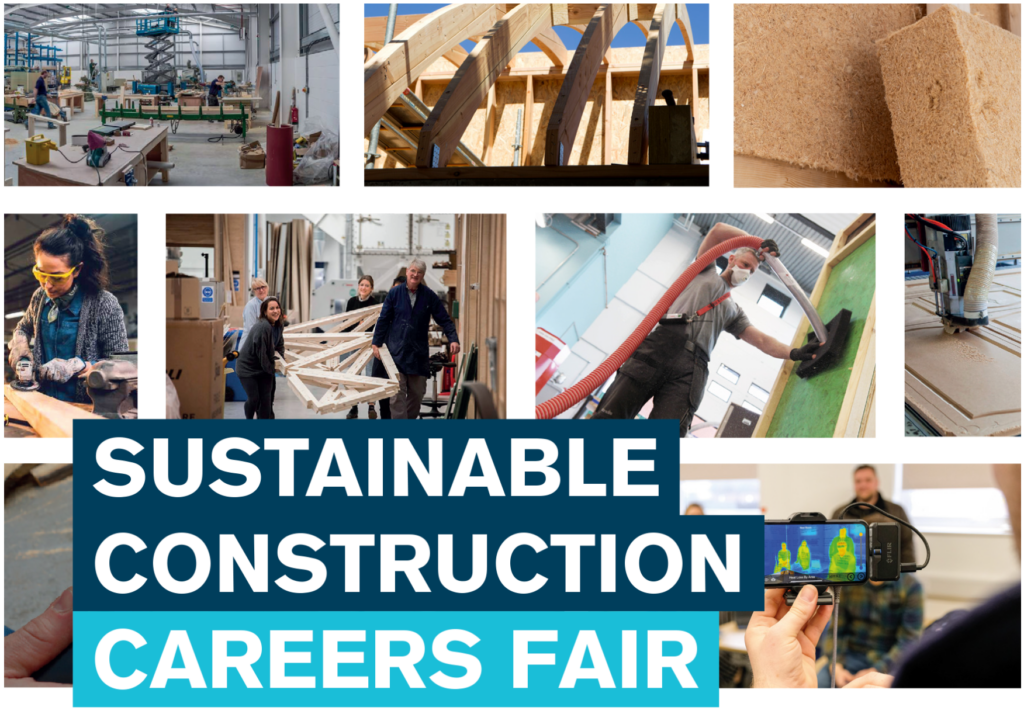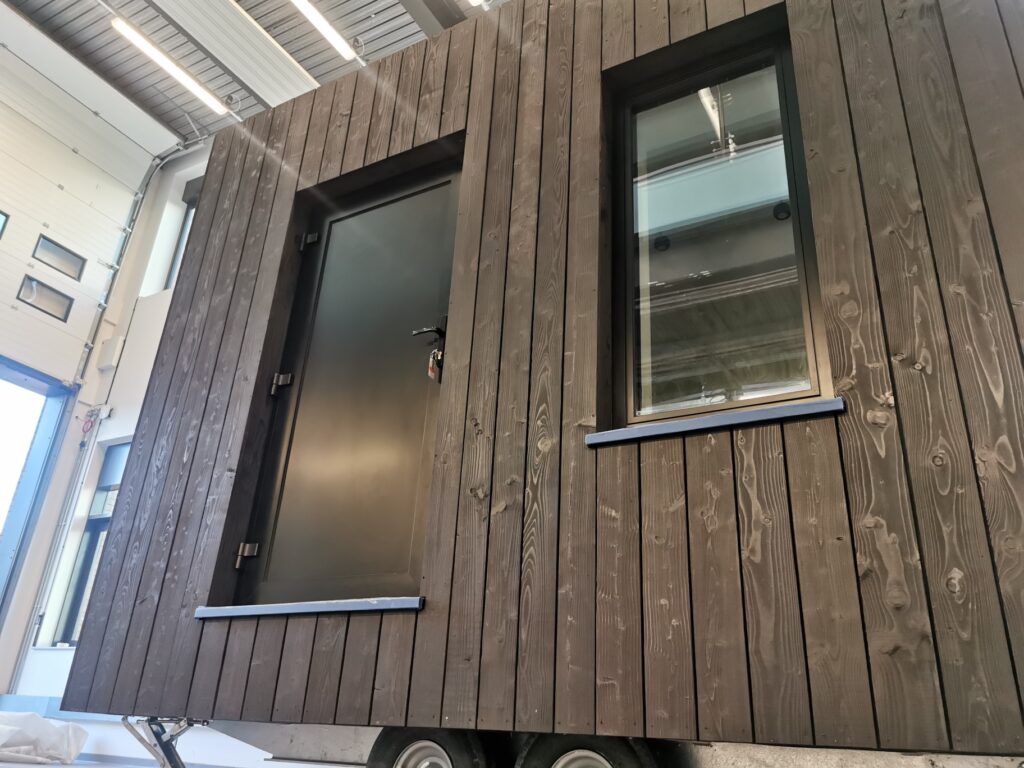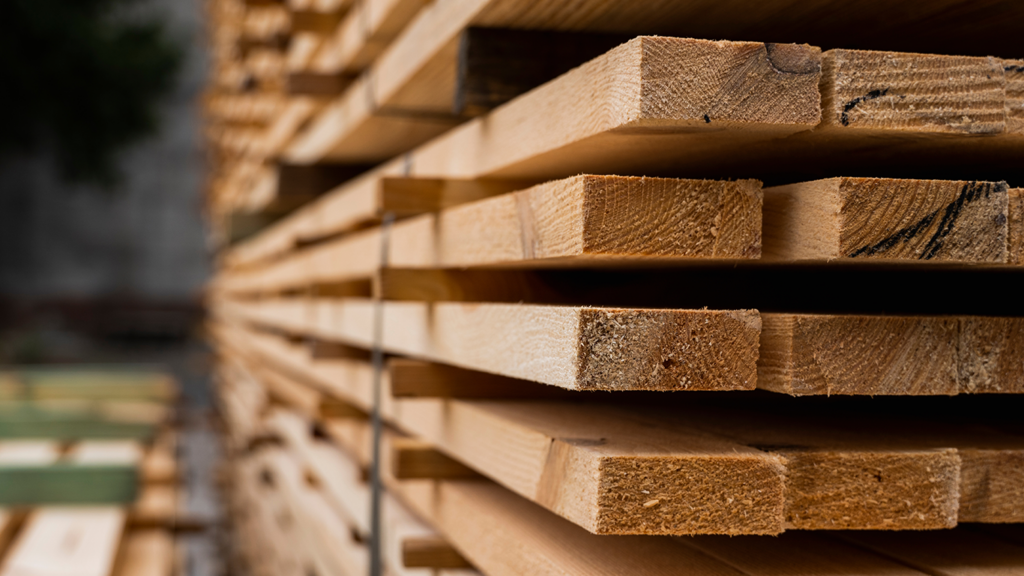The Cascade, City Road, Cardiff by Linc Cymru and Cardiff Council, with Langstone Construction Group. CLT supplied by Eurban.

In early 2024, workers began constructing a new seven storey building in Cardiff city centre designed as a cross laminated timber (CLT) structure. Named ‘The Cascade’, the CLT block on City Road will include 39 affordable apartments for social rent and two commercial units.
Registered social landlord Linc Cymru (Linc) is constructing the scheme in partnership with Cardiff Council. Funding support has been provided through the Welsh Government’s Innovative Housing Programme and Social Housing Grant Programme.
The main contractor on site is Cardiff-based contractor, Langstone Construction Group
Richard Hallett, development manager from Linc, shares the story so far.
“Most buildings of this height would be either steel or concrete frame so we’re excited that CLT is one of the key innovative features,” said Richard. “Eurban, a CLT specialist company, are designing, manufacturing, and delivering the CLT frame to site.”
“The structural strength of the frame is derived from cross lamination during the manufacturing process and the use of structural timber offers a significant carbon reduction to alternative materials. Special attention has been paid to the fire strategy throughout the design process and Linc is engaging its own fire safety consultant to monitor compliance during construction,” he explained.
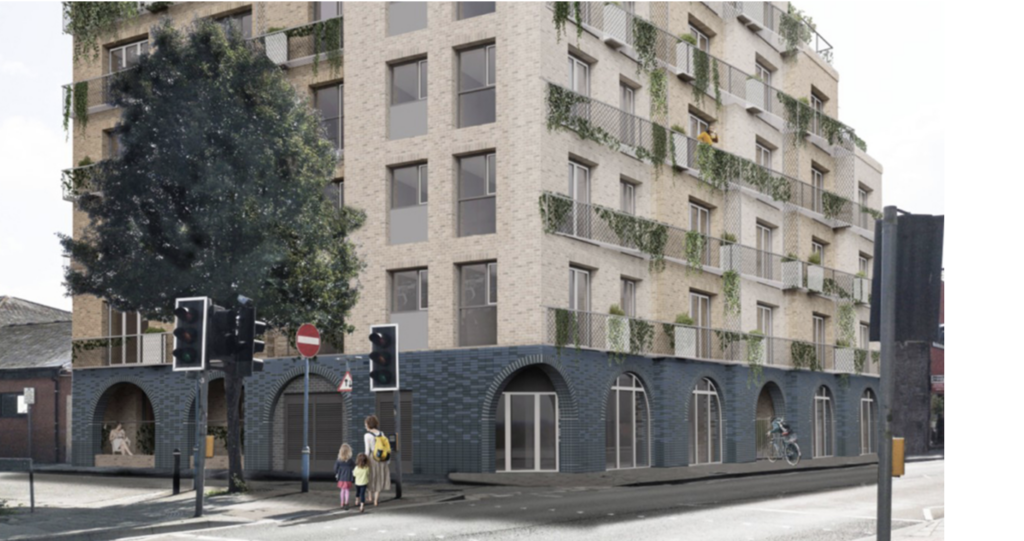
Greenery and plants will cascade down over the outside of the building helping an urban area become greener. And residents will enjoy the use of a green roof terrace.
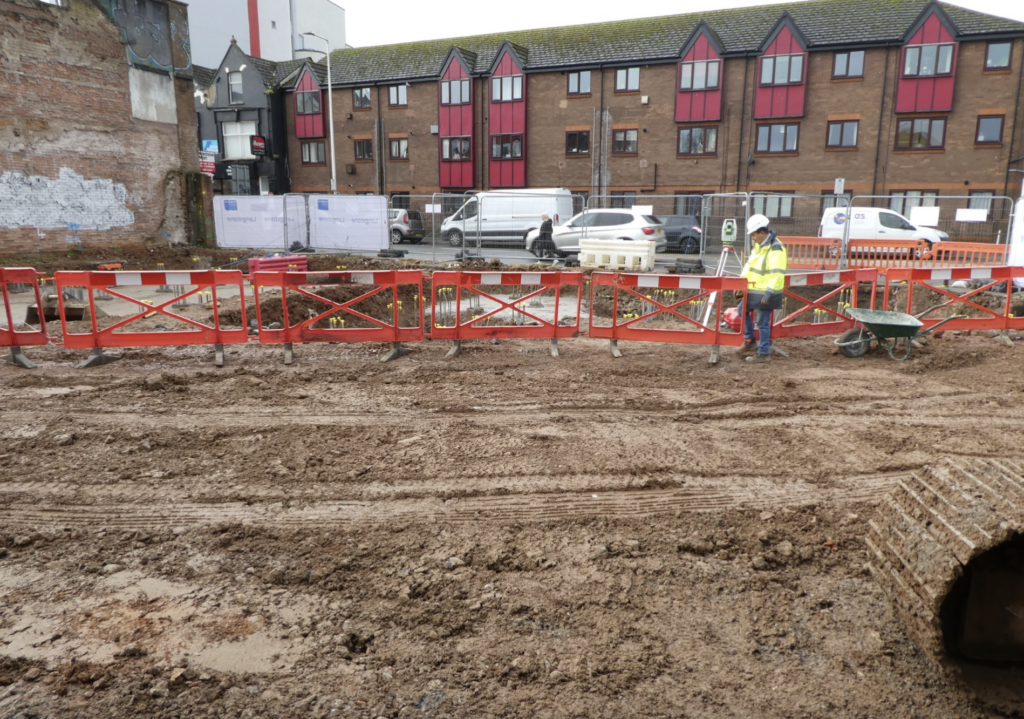
“City Road is a high-profile location in Cardiff so this site will be viewed by 1000s of passers-by every day who will see it being built. It’s brilliant to start 2024 by getting work underway on these much-needed affordable homes in the city. They will be suitable for couples and single occupants,” said Richard. “Alongside building new homes we’re going to be able to provide apprenticeships on site and we have already started work with the community at a local allotment and young people at schools in the area to see how we can benefit the community further.”
